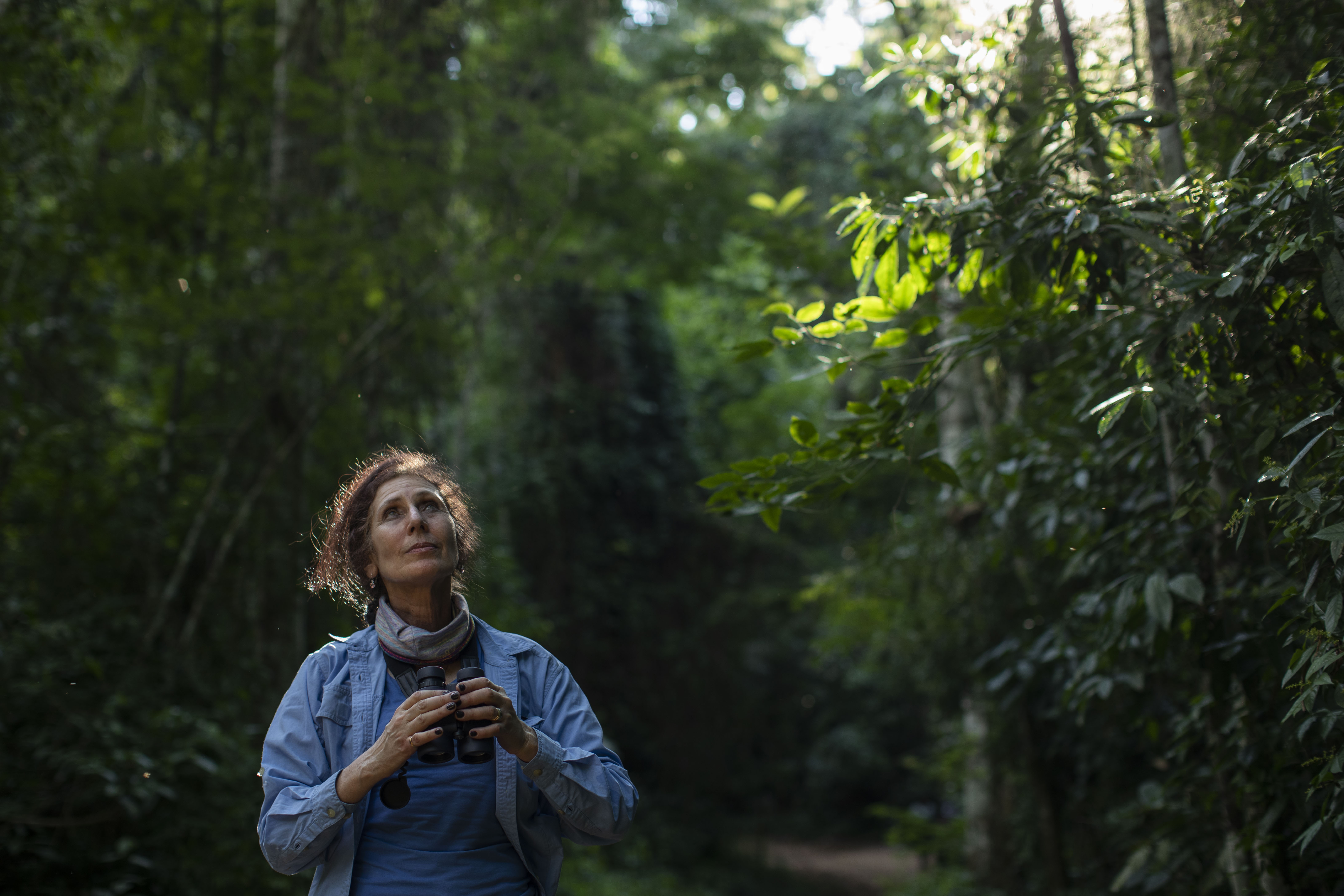Previous estimates predicted that arctic shrubs — stubby, dense bushes that cover much of the tundra region — would eventually conquer about 39% of the non-shrub area in the Arctic. But a new analysis suggests the flora will only be able to expand into 25% of the area’s tundra by the year 2100, said Yanlan Liu, lead author of the study and an assistant professor of earth sciences at the Ohio State University.
The study, published in the journal Nature Communications, examined patterns of shrub growth in the past and then applied an array of environmental variables, including precipitation, elevation and days when the temperature was above 5 degrees Celsius, to determine what may happen in the future.
Researchers concluded that while shrub expansion has been positively correlated to environmental suitability — the probability of a species’ survival in a certain location — for the past few decades, that isn’t the case anymore.
Instead, changes in shrub expansion can now mostly be attributed to both fire and seed dispersal, or when these shrub seeds are carried to non-shrub areas by gravity, animals, wind, or even ocean currents and ice floes.
“Dispersal and fire are much more important than other environmental conditions, in that even if a given place is warm enough, shrubs won’t necessarily grow in that region,” Liu said. “Instead, it’s limited by whether seeds can arrive at that location, or whether the seed bed or the soil condition is nutritious enough to sustain shrub growth.”
Liu added that while fire may cause seed and seedling death in the short term, wildfires also improve soil nutrient availability and facilitate germination.
But since the Arctic region is warming up twice as fast as the global average, scientists have been able to detect a marked change in vegetation distribution over the course of several decades. Whereas previous studies typically relied on observational studies and field models to assess this growth, Liu’s team used high-resolution satellite imagery from NASA’s Arctic-Boreal Vulnerability Experiment (ABoVE) data products to observe shrub expansion across Alaska and much of western Canada between 1984 and 2014.
Based on this data, they estimated shrub expansion in the year 2040, 2070 and 2100. The study concluded that the observed pattern of shrub spread would not follow warming patterns in the future, and that previous models had, in fact, overestimated future shrub growth. This discrepancy could only be explained by considering factors like seed dispersal and fire, Liu said.
It’s especially important to keep track and predict arctic shrub expansion because its growth alters the global energy and carbon budget, or how much solar energy and carbon dioxide gets absorbed in Earth’s surface, she added. But Liu said her research opens up brand new avenues to explore how plant life proliferates in other locations around the world.
“This study is the very first step to look at large-scale shrub expansion in Arctic-Boreal regions at a high resolution,” said Liu. “Our data-driven analysis explains what happened, but the next step is to explain why.”
Going forward, Liu plans to use dynamic vegetation models to simulate how vegetation distribution and structure will look in the future, and then combine the observations to make those projections more accurate.
This research was supported by the U.S. Department of Energy. Co-authors were William J. Riley, Trevor F. Keenan, Zelalem A. Mekonnen, Jennifer A. Holm, Qing Zhu & Margaret S. Torn of University of California, Berkeley.
#
Contact: Yanlan Liu, [email protected]
Written by Tatyana Woodall, [email protected]



